Rovato - Bornato
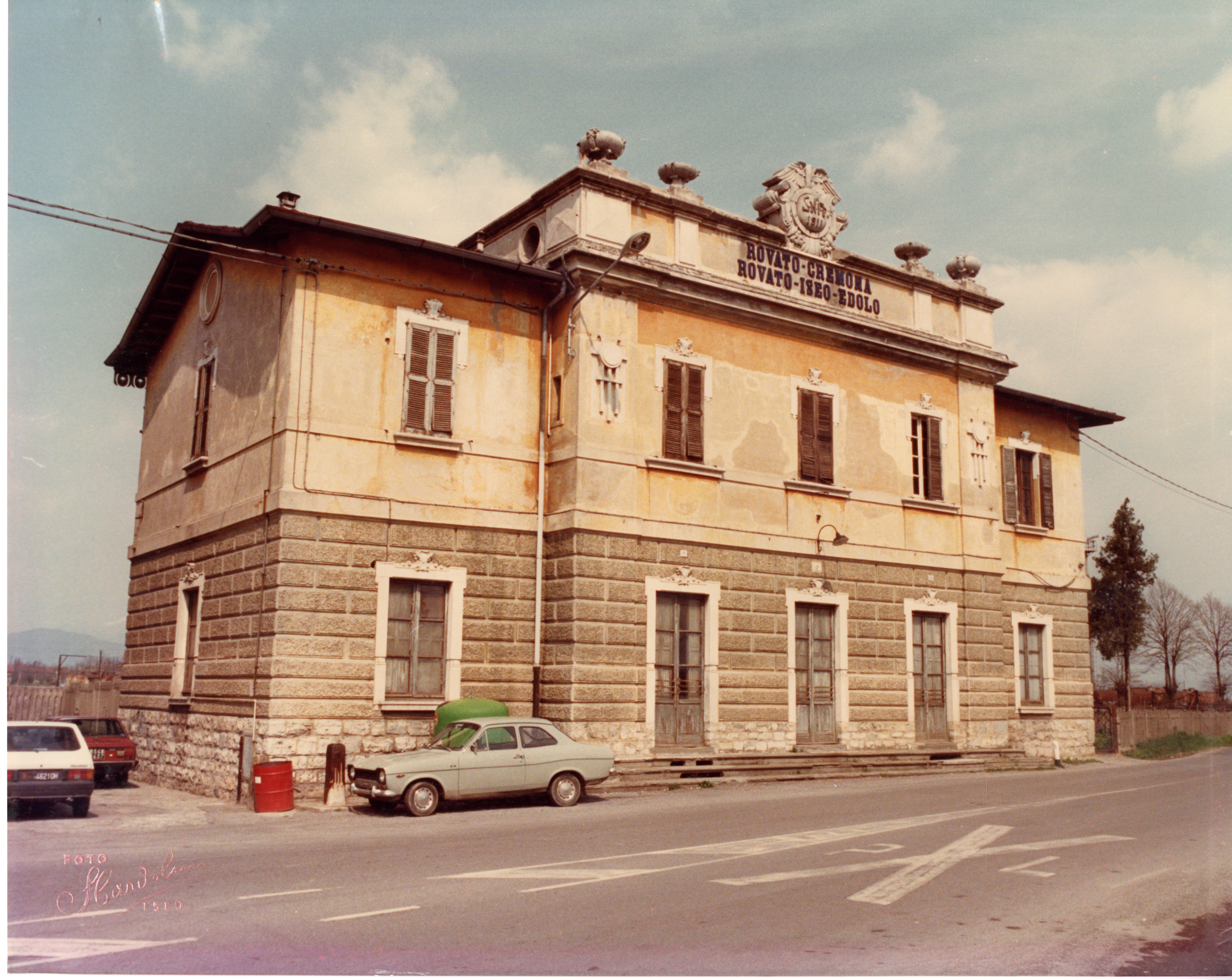

The first branch line built entirely by the SNFT, in what is now entirely Franciacorta territory, which once crossed vast areas of countryside with the principle aim of connecting the franchise railway with the state network. This connection took place at the station of Rovato Borgo, which, although much later chronologically speaking, eventually became the terminus of a second system of railway lines, commonly known as the Cremonesi. Over time, these lines had provided a link between the countryside of the lower Po Valley and the railway junction of Rovato, an important cattle market centre, and therefore the necessary end of the line for some of its more special “passengers”: livestock.
Gallery
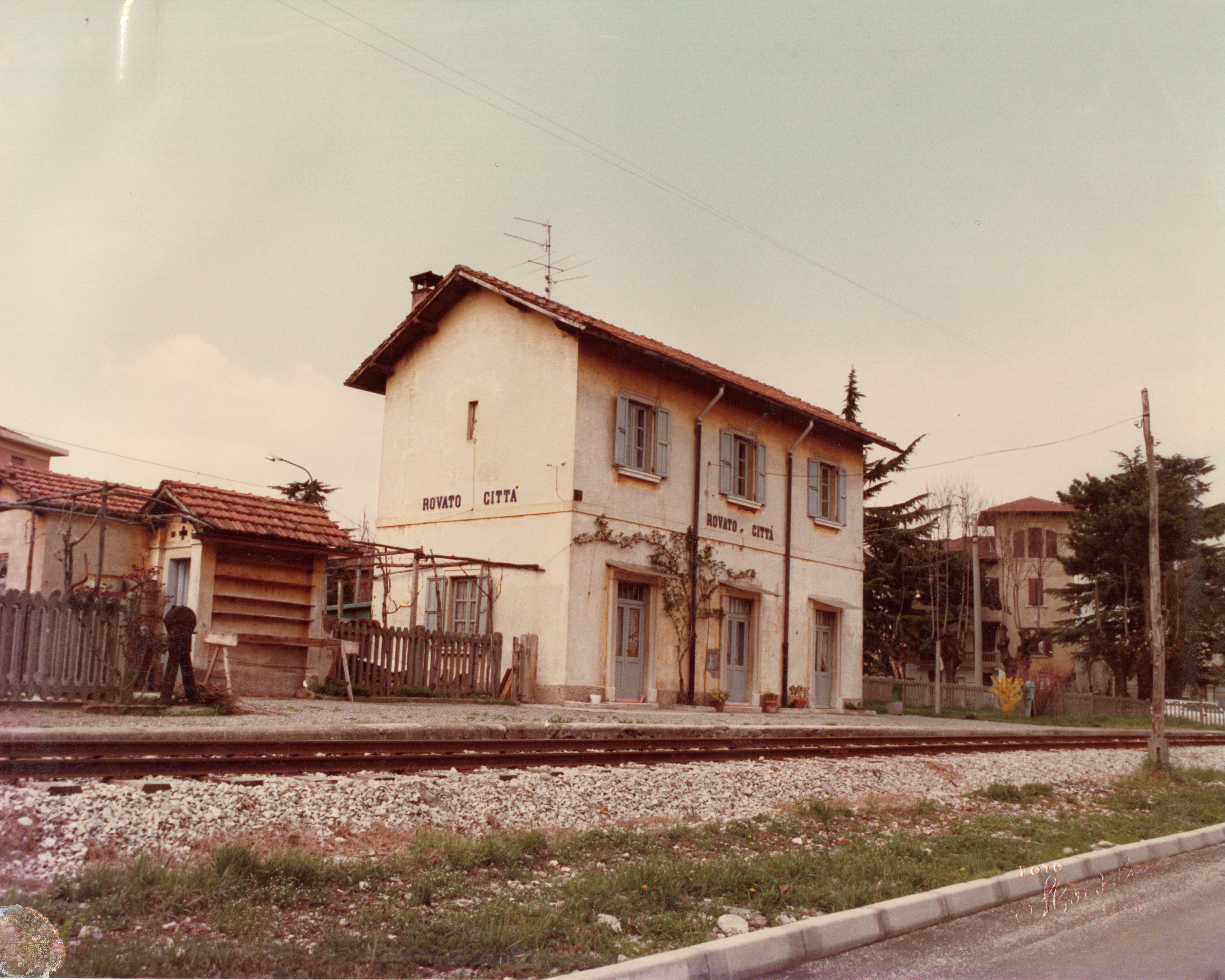
An old image of Rovato Città 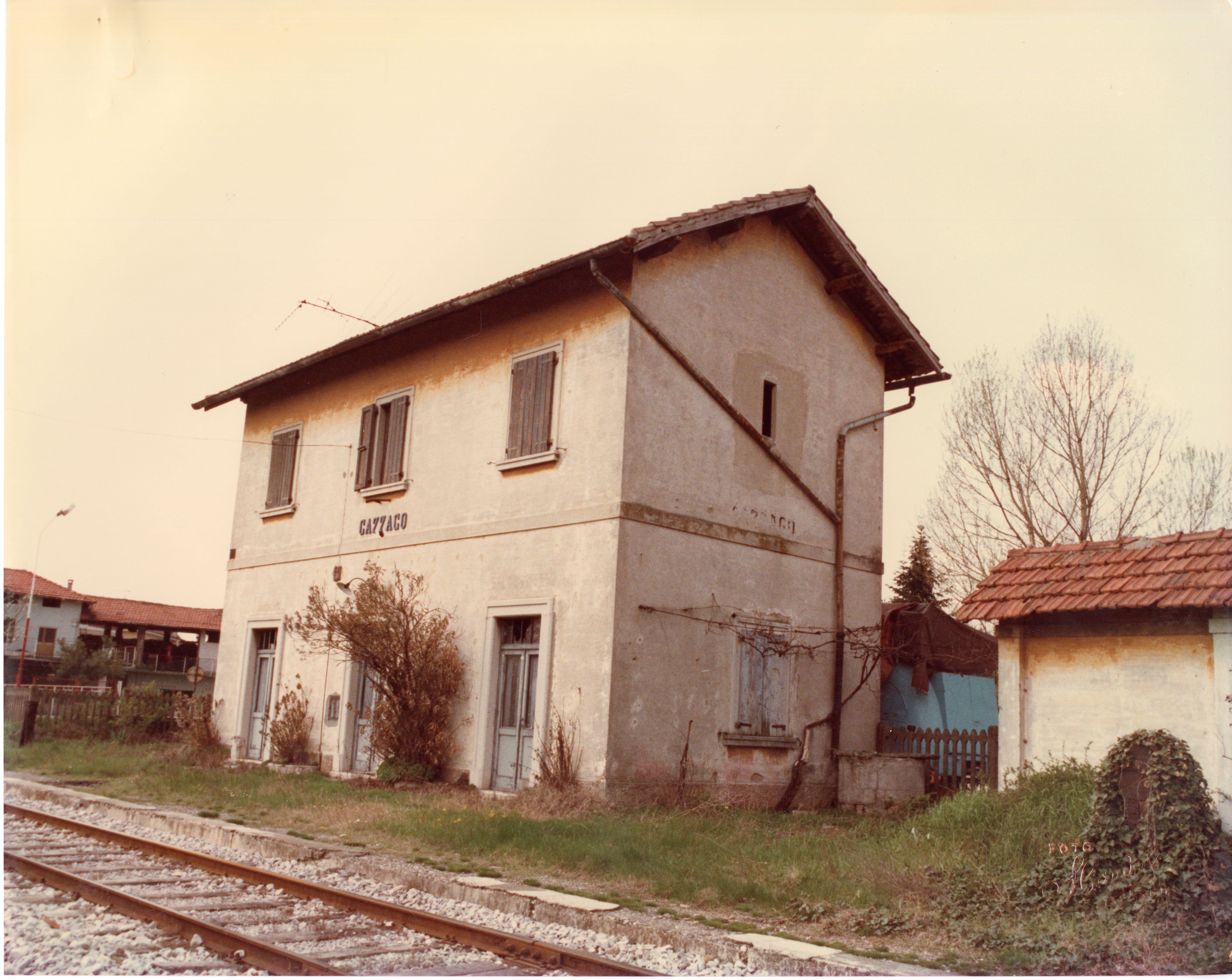
Image of a decommissioned Cazzago 
Rovato of the past 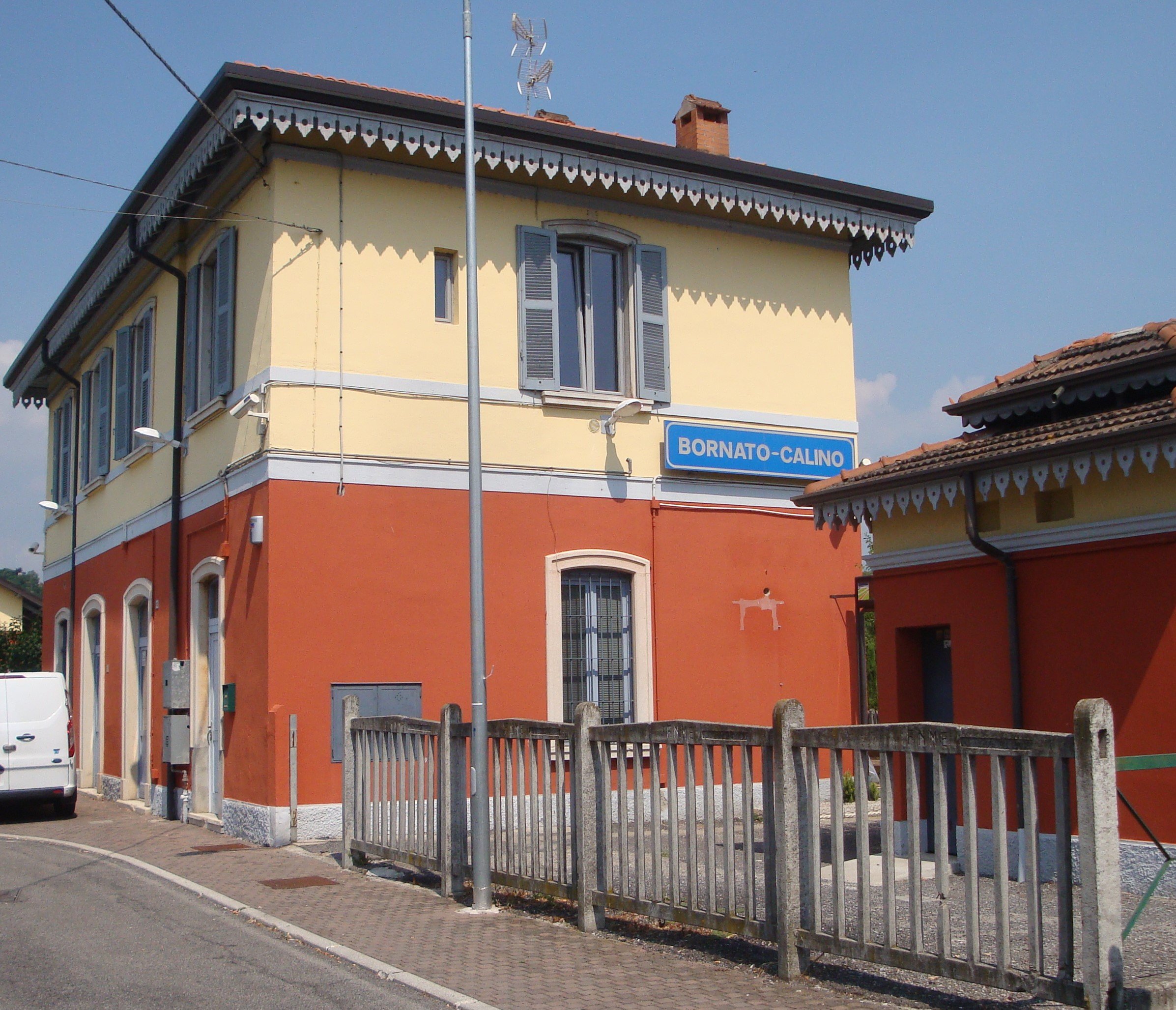
Renovated Bornato 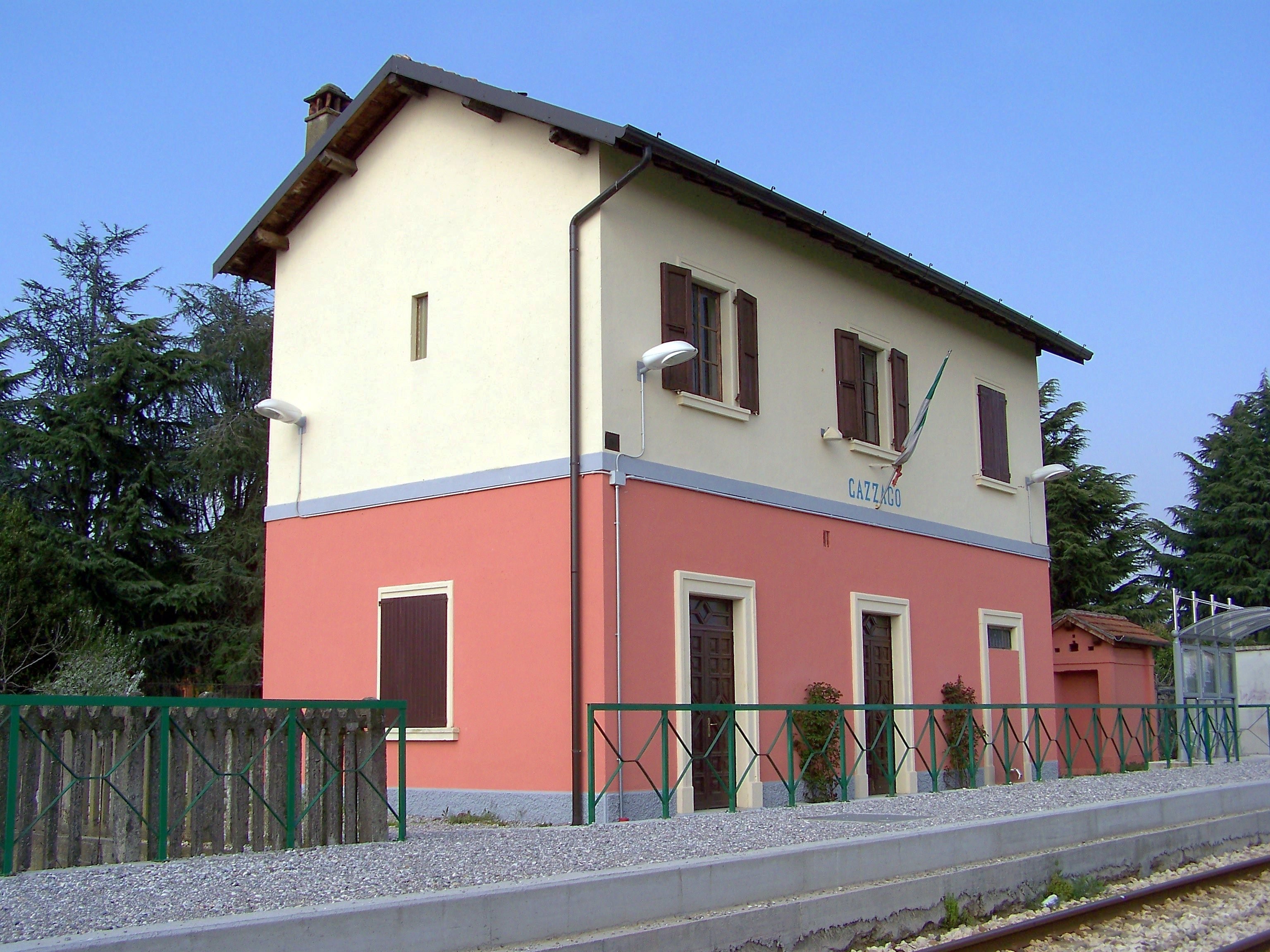
Cazzago back in operation 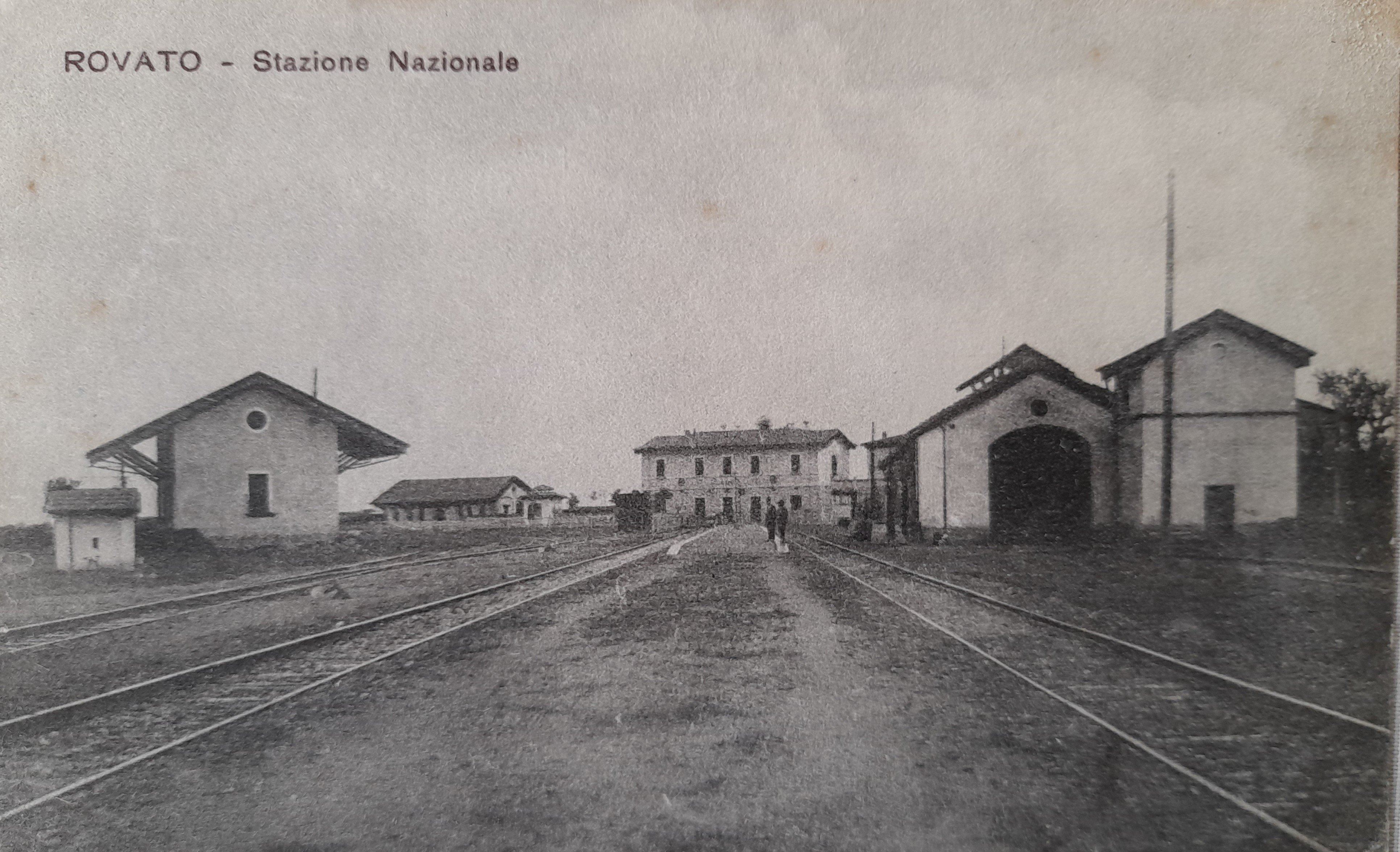
Historic image of the SNFT railway complex at Rovato 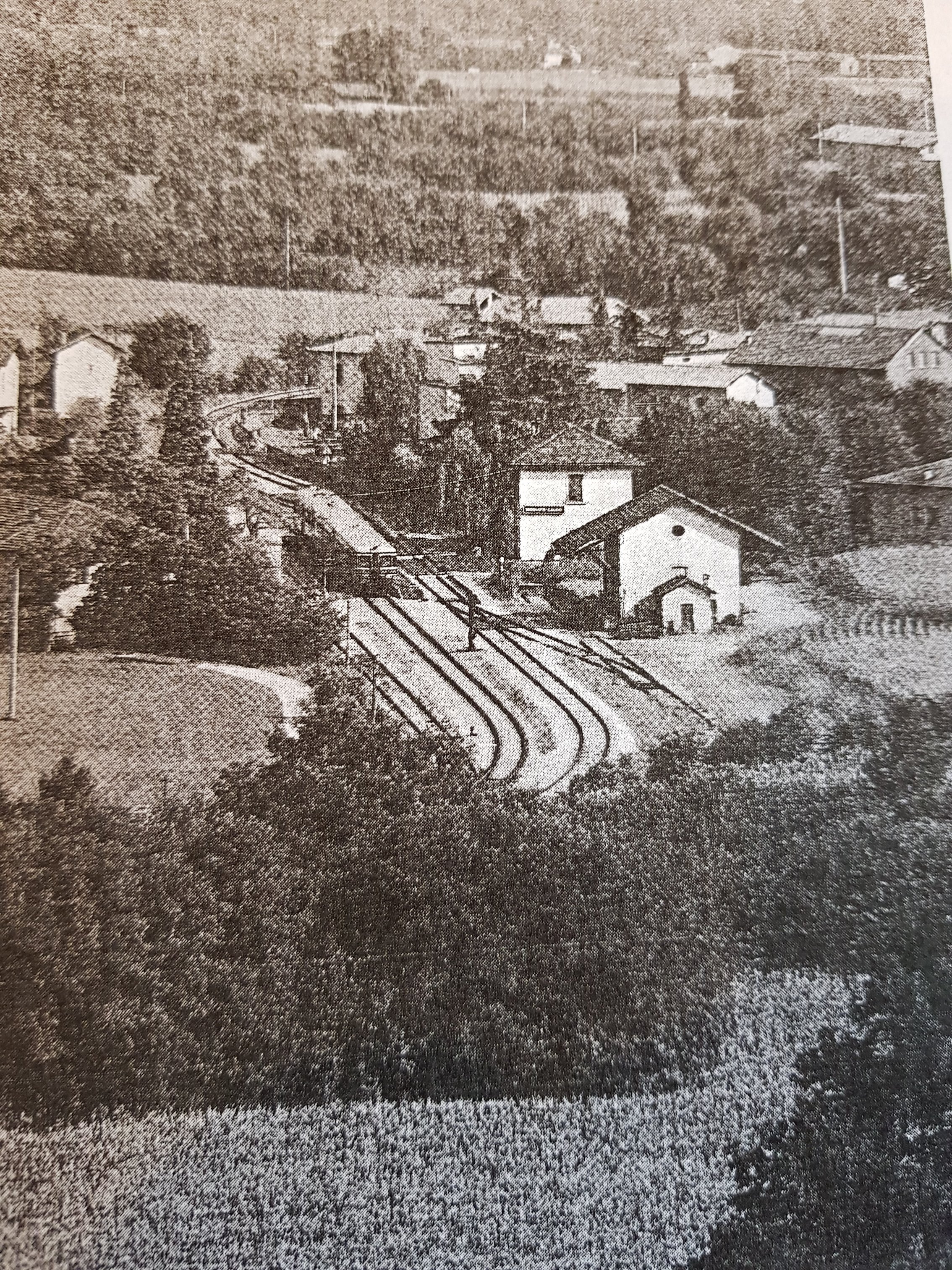
View of Bornato, junction and ticket booth 
Franciacorta is located in the heart of Lombardy, overlooking the shores of Lake Iseo, in an area of approximately 200 km2 which includes 19 towns in the Province of Brescia. Its gently rolling hills, bordered to the west by the Oglio river and to the northeast by the last foothills of the Rhaetian Alps, owe their ancient origins to glaciers which retreated over 10,000 years ago, creating the landscape in which Franciacorta has developed. The region, mostly hilly and previously dotted with woodland, has more recently been transformed by the planting of the numerous vineyards which the area is known for. Local authorities are committed to protecting its landscape and heritage in both physical and historical-cultural terms: there are numerous examples of historical architecture including monasteries, churches, abbeys, villas and medieval castles. At the southern border of Franciacorta lies Monte Orfano, which reaches a maximum altitude of 451 m. 
A view of Erbusco, a town in Franciacorta